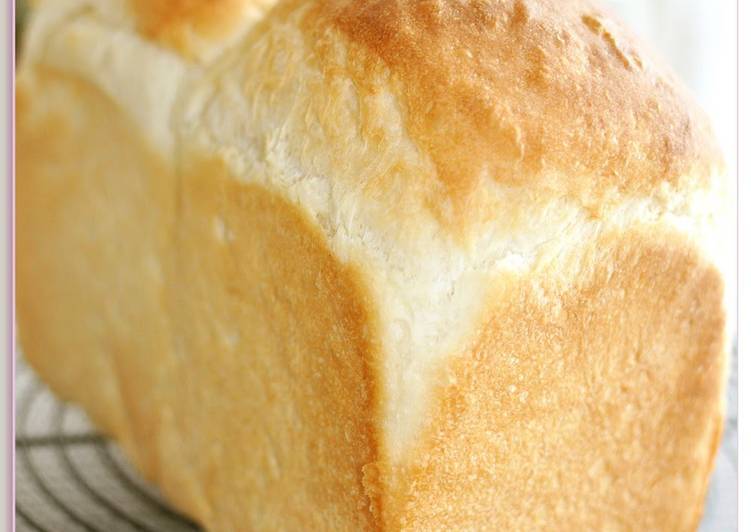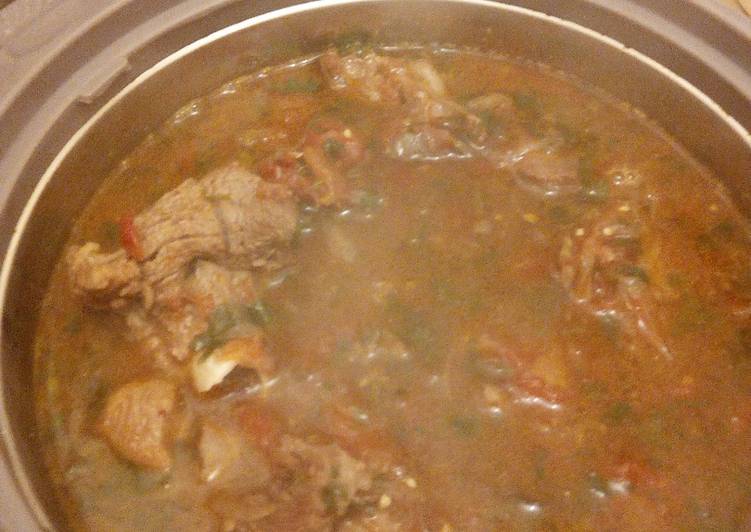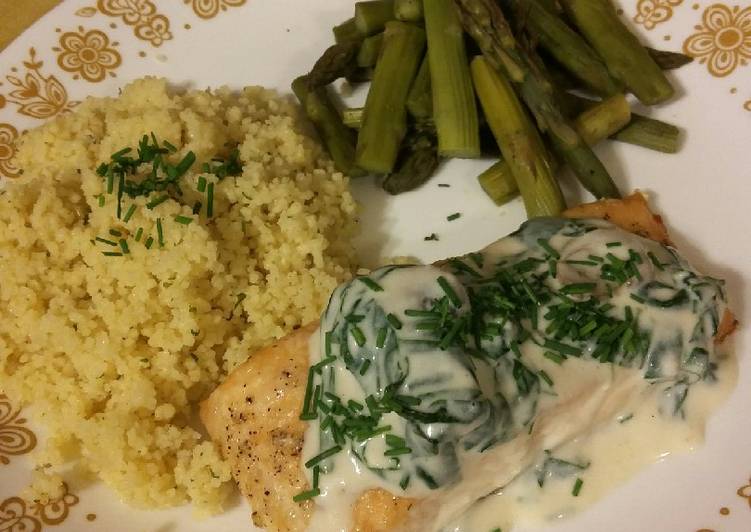
Hey everyone, it is Drew, welcome to my recipe page. Today, I will show you a way to prepare a distinctive dish, aromatic shokupan (square loaf) with rice and sake. One of my favorites food recipes. This time, I’m gonna make it a bit tasty. This will be really delicious.
Great recipe for Aromatic Shokupan (Square Loaf) With Rice and Sake. Note: I changed the top photo, so now it shows a two-piece bread (hand kneaded) rather than than the three-piece bread in the recipe. Ever since I tried the "rice bread" from a certain bakery, I've been totally into bread with.
Aromatic Shokupan (Square Loaf) With Rice and Sake is one of the most popular of current trending meals in the world. It is simple, it’s fast, it tastes delicious. It’s appreciated by millions every day. Aromatic Shokupan (Square Loaf) With Rice and Sake is something that I’ve loved my entire life. They’re fine and they look fantastic.
To get started with this recipe, we have to first prepare a few ingredients. You can have aromatic shokupan (square loaf) with rice and sake using 9 ingredients and 12 steps. Here is how you can achieve it.
The ingredients needed to make Aromatic Shokupan (Square Loaf) With Rice and Sake:
- Take 125 grams ○Cooked rice that has cooled down
- Make ready 130 grams ○Water
- Prepare 250 grams Bread (strong) flour
- Make ready 23 grams Sugar
- Make ready 5 grams Salt
- Get 3 grams Dry yeast
- Make ready 35 grams Sake (or water if you don't have sake)
- Take 20 grams Milk
- Get 23 grams Unsalted butter
Shoku Pan is a Japanese square loaf bread that is often eaten as toast or used for sandwiches. Although rice is the biggest staple food in Japan, Shoku Pan bread today may be the most popular breakfast item. Shoku Pan is very soft and tender and delicious, and you will love it if you like Japanese bread. Sake kasu or sake lees is the by-product of the sake production, the leftover fermented rice mass after pressing the sake.
Steps to make Aromatic Shokupan (Square Loaf) With Rice and Sake:
- Put the cooked rice and water in a pan, cover with a lid and bring to a boil. Turn off the heat and leave to cool with the lid on. The photo shows the pan of rice after it's cooled.
- Put all the ingredients except for the butter in a bread machine and switch it on. Add the butter 5 minutes in.
- Take out the dough and deflate it by punching it down lightly. Divide into 3 pieces and round off each piece. Rest for 20 minutes.
- When the dough has rested, punch each piece down lightly and roll out to about 20 x 25 cm. This is a very sticky dough, so flour your work surface, rolling pin etc. generously.
- Fold the dough in so that it overlaps a bit in the middle.
- Roll up from the end.
- Pinch the seams tightly closed.
- Line up the rolled dough in a greased bread pan towards one side. Leave for the 2nd rising. Start preheating the oven with the baking tray in to 160℃.
- The dough is done rising when the tops have risen a bit above the rim of the pan.
- Raise the oven temperature to 200°C and bake for 30 minutes. Once the top has become a dark golden brown, cover with a piece of aluminium foil to prevent it from getting too dark.
- When the bread is baked, drop the pan onto your counter from a height to push out the steam, take the loaf out and cook on a rack to finish.
- The crumb is finely textured, very moist and soft even the next day. It has a silky mouth feel. The bread doesn't get stale fast either. It's a substantial bread that fills you up.
It is a wonderfully aromatic and flavour rich living thing that has a lot of potential as a cooking or baking ingredient. Sake lees is rich in vitamins, enzymes and live cultures like yeast and bacteria. Shokupan can be baked in two shapes. The "mountain" shape uses two (or sometimes more) rolls of dough baked together in one pan. Shokupan is also made in a Pullman pan, that is a bread pan with a cover.
So that is going to wrap it up with this exceptional food aromatic shokupan (square loaf) with rice and sake recipe. Thanks so much for your time. I am confident that you will make this at home. There’s gonna be interesting food at home recipes coming up. Don’t forget to bookmark this page on your browser, and share it to your family, friends and colleague. Thank you for reading. Go on get cooking!

